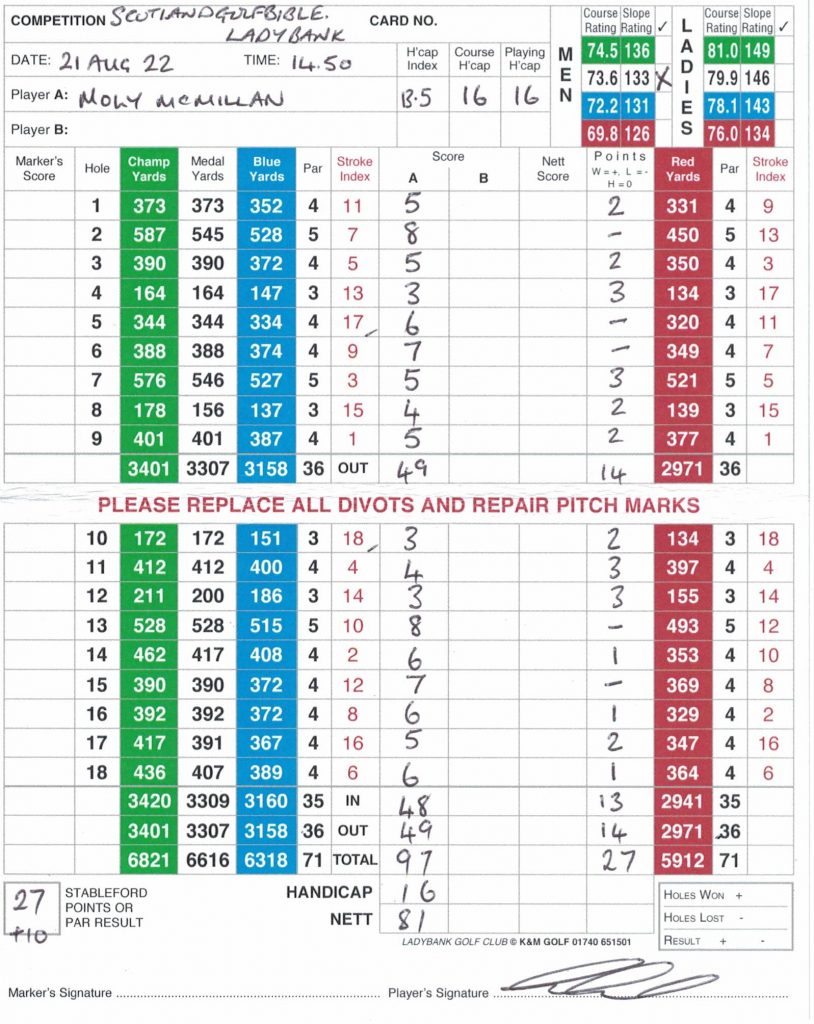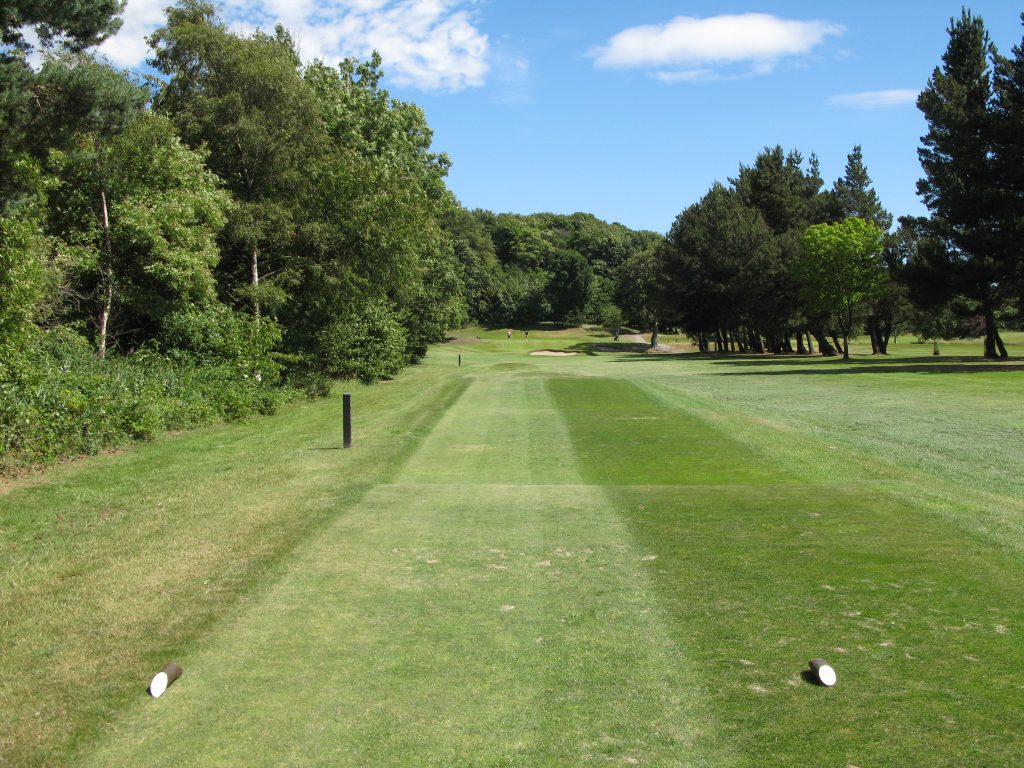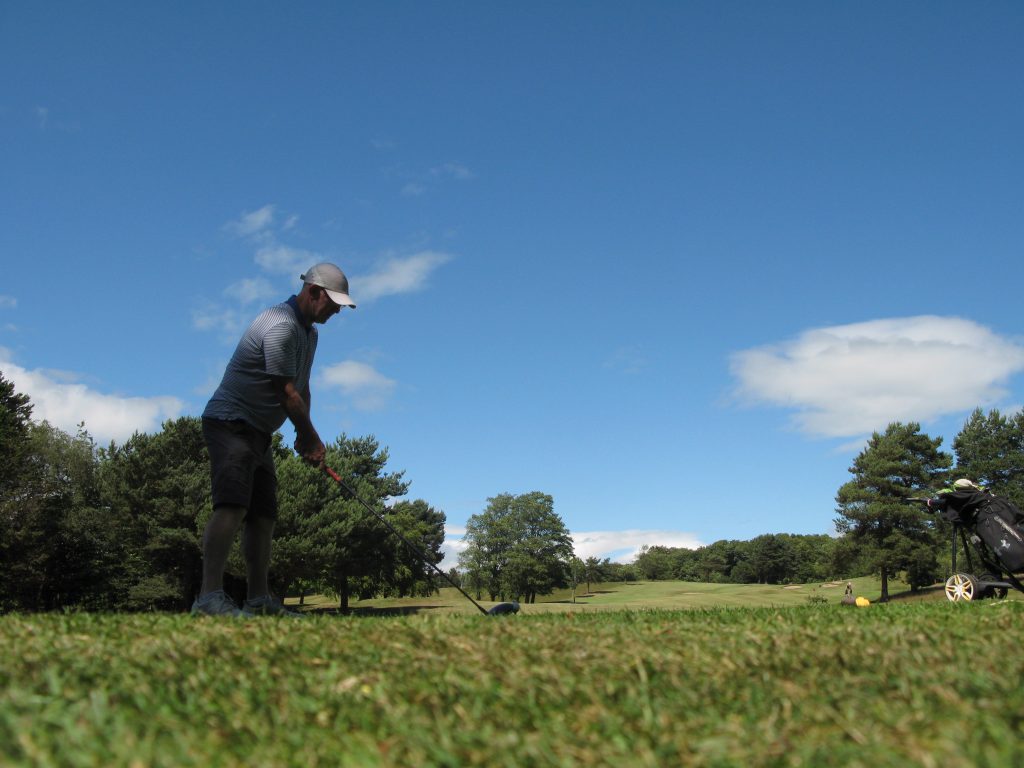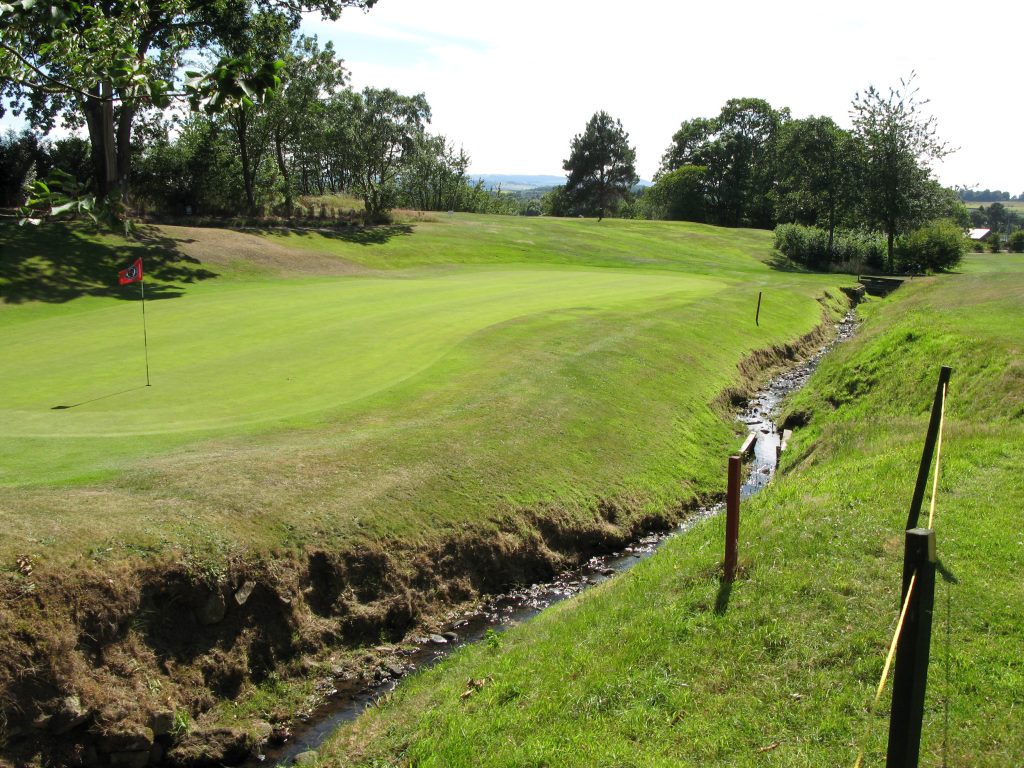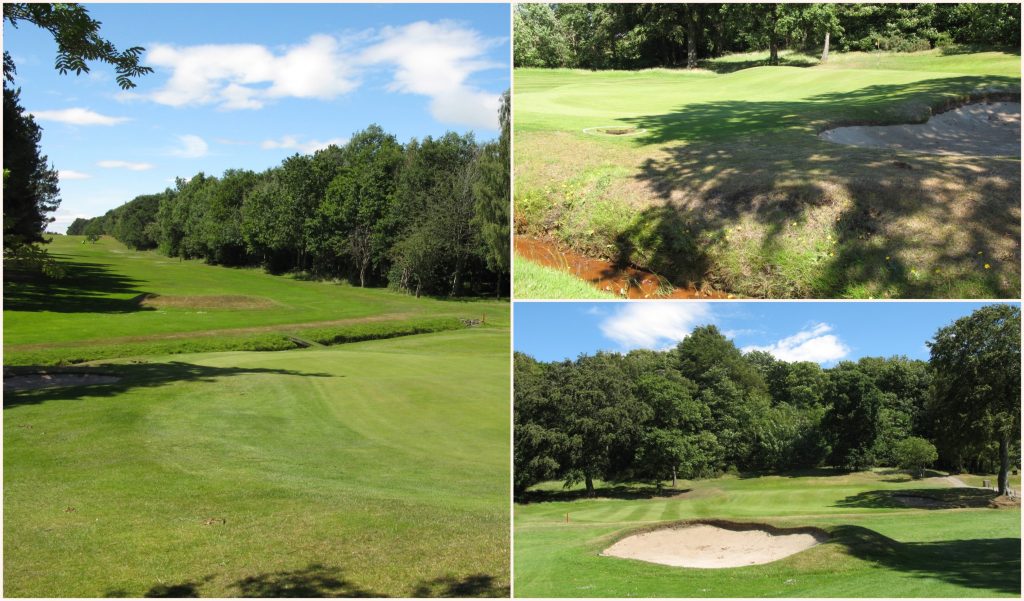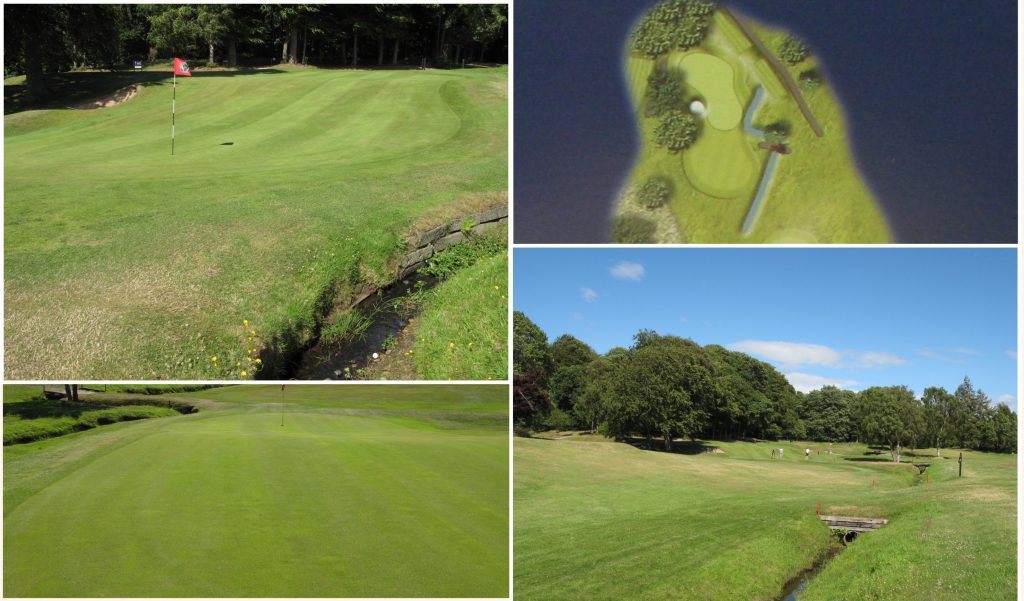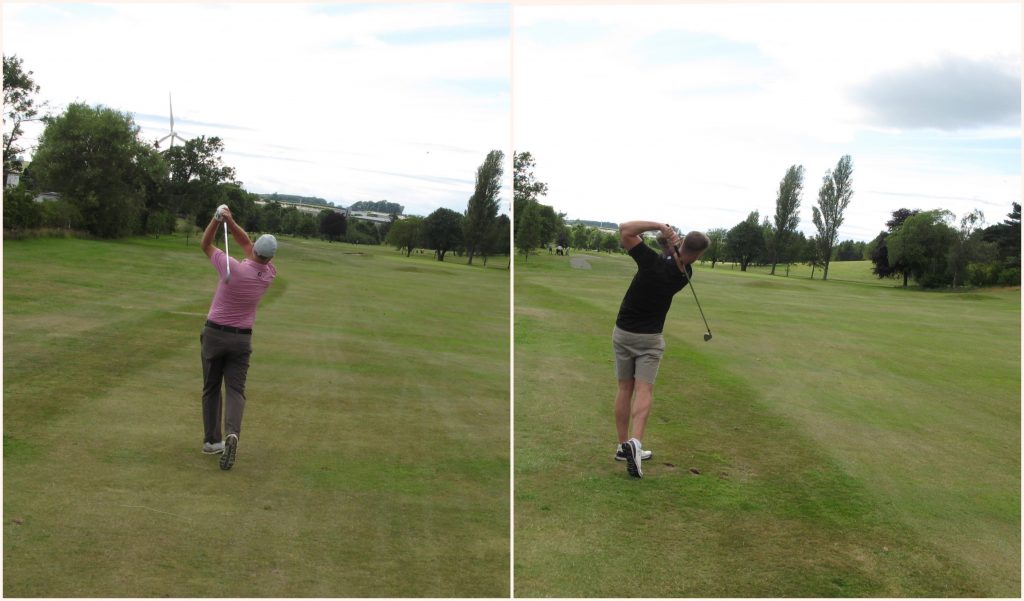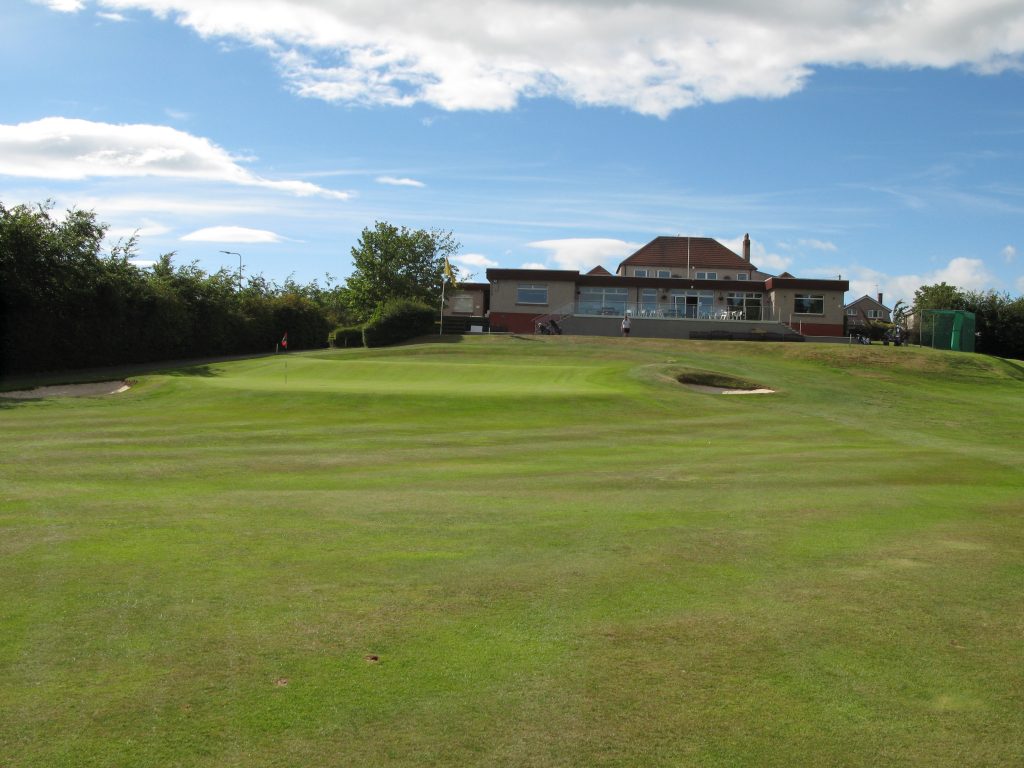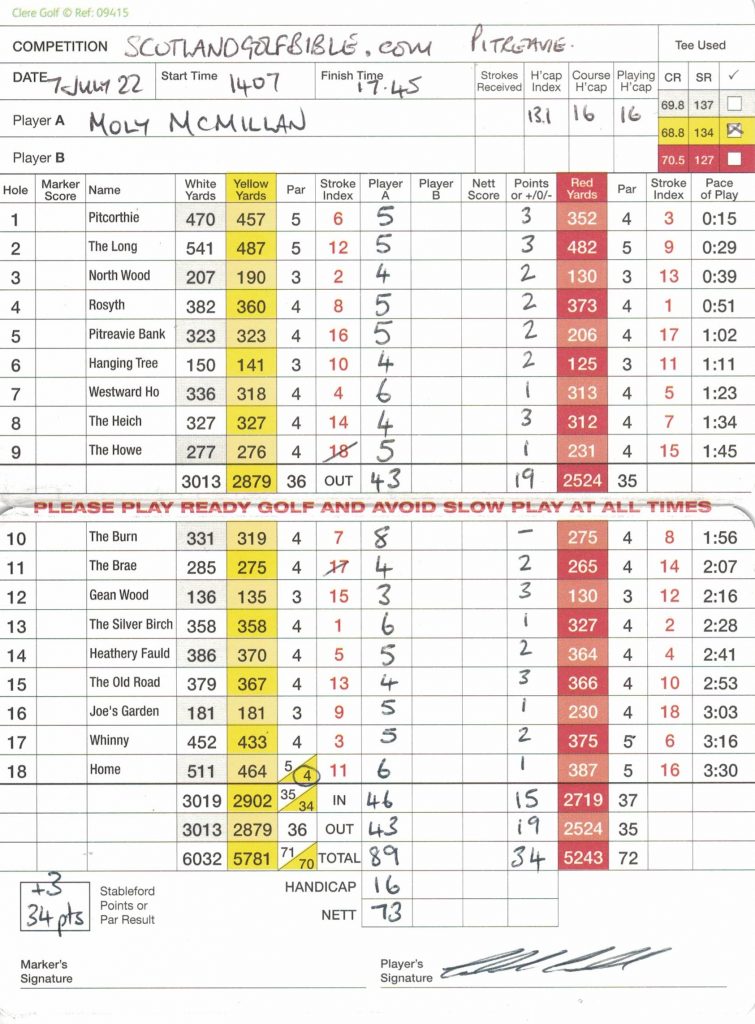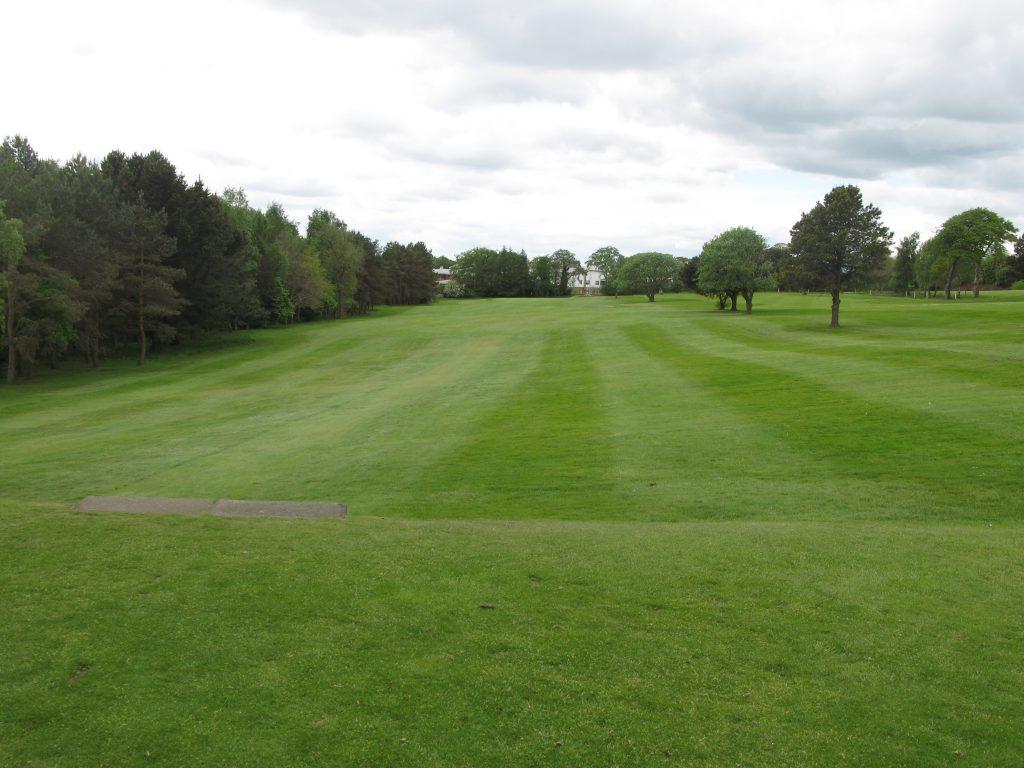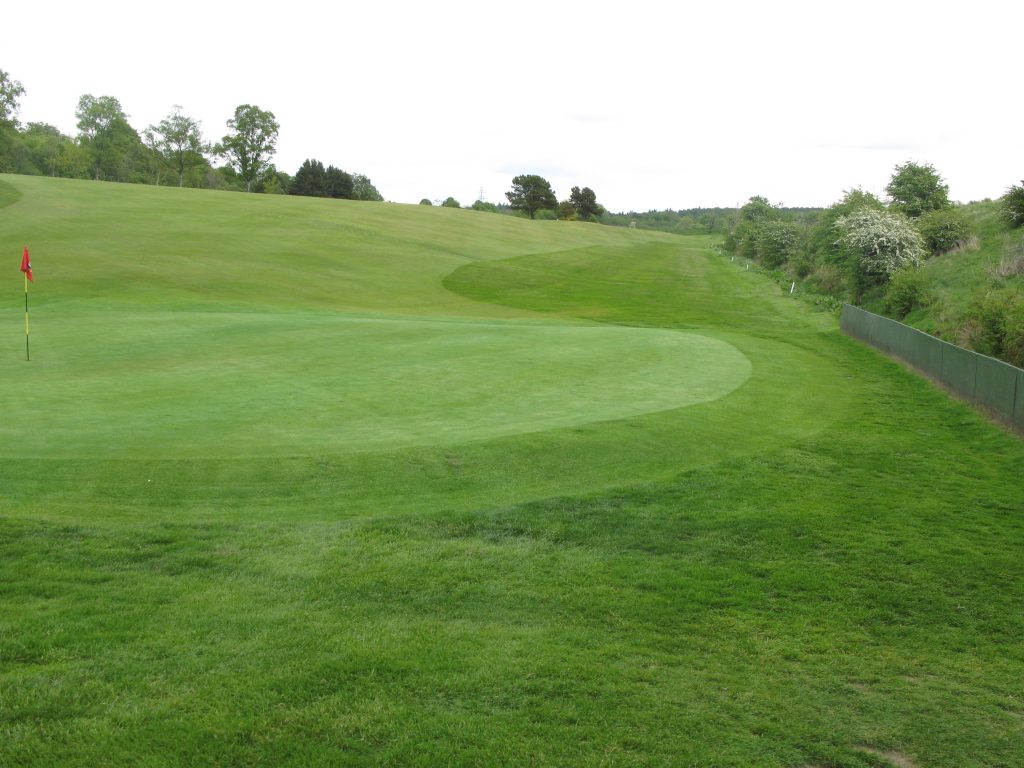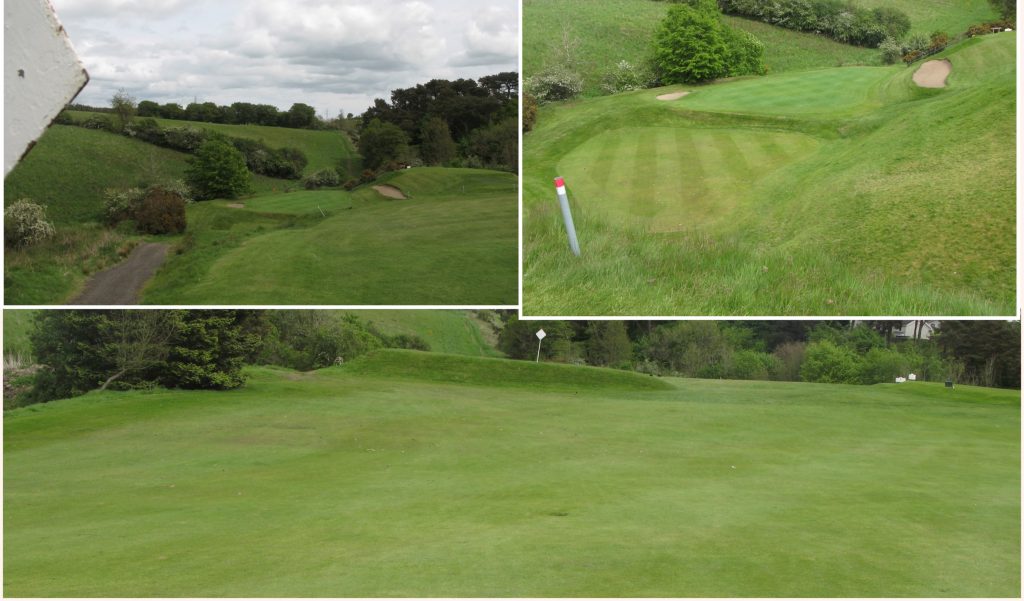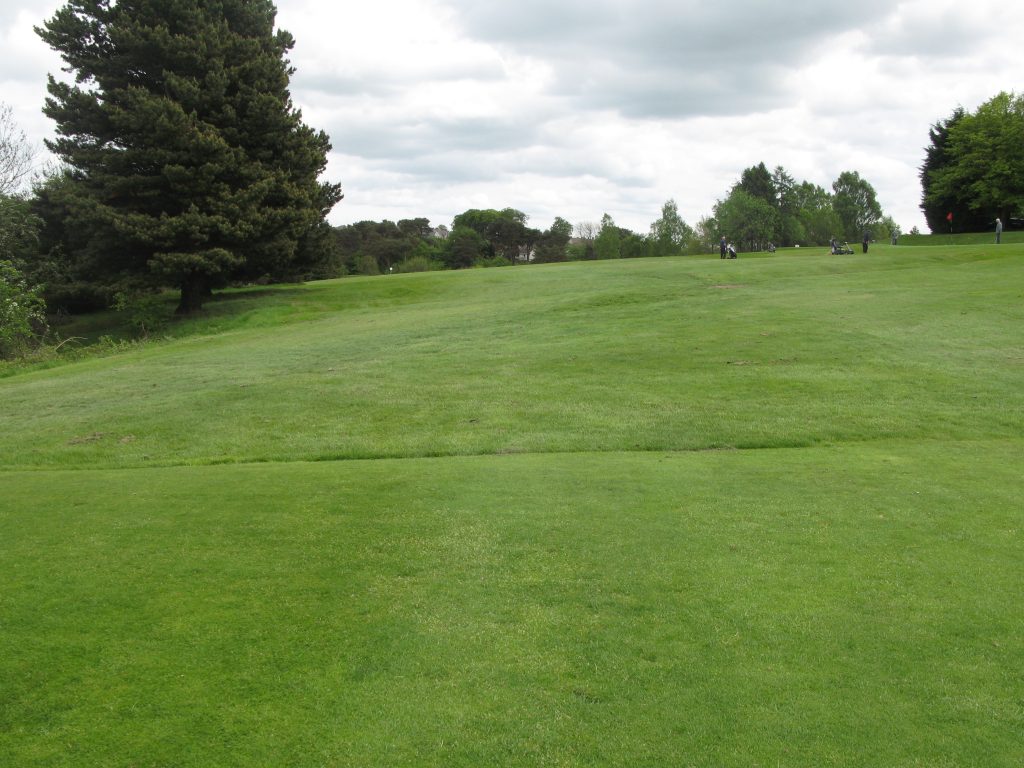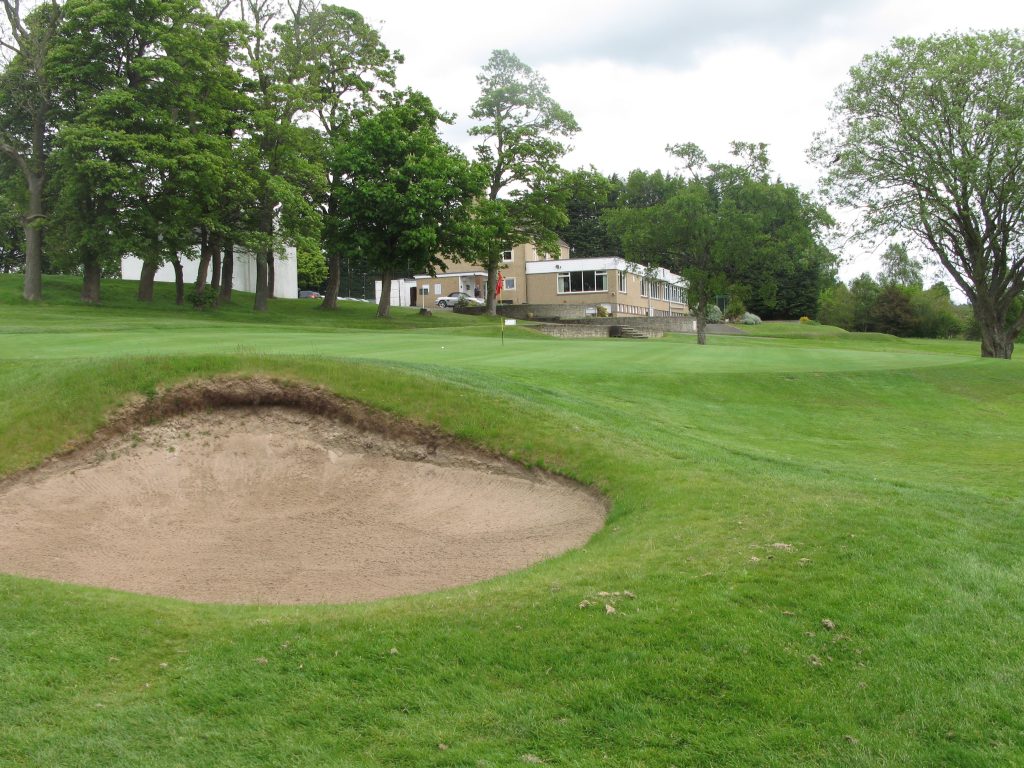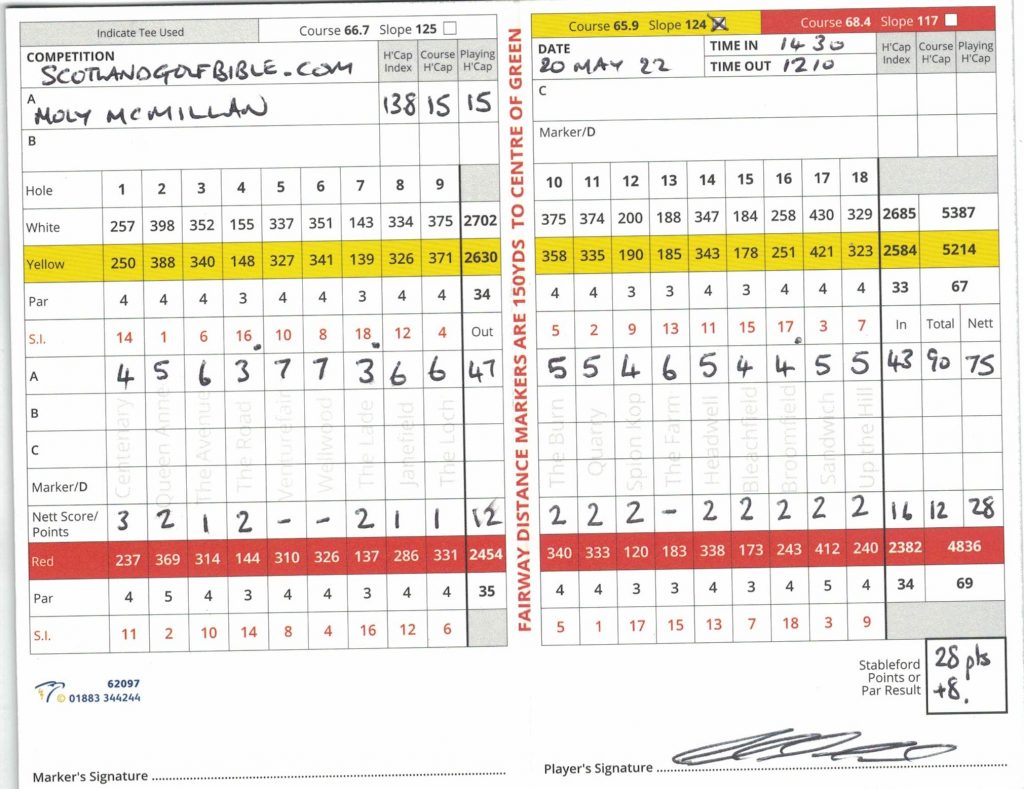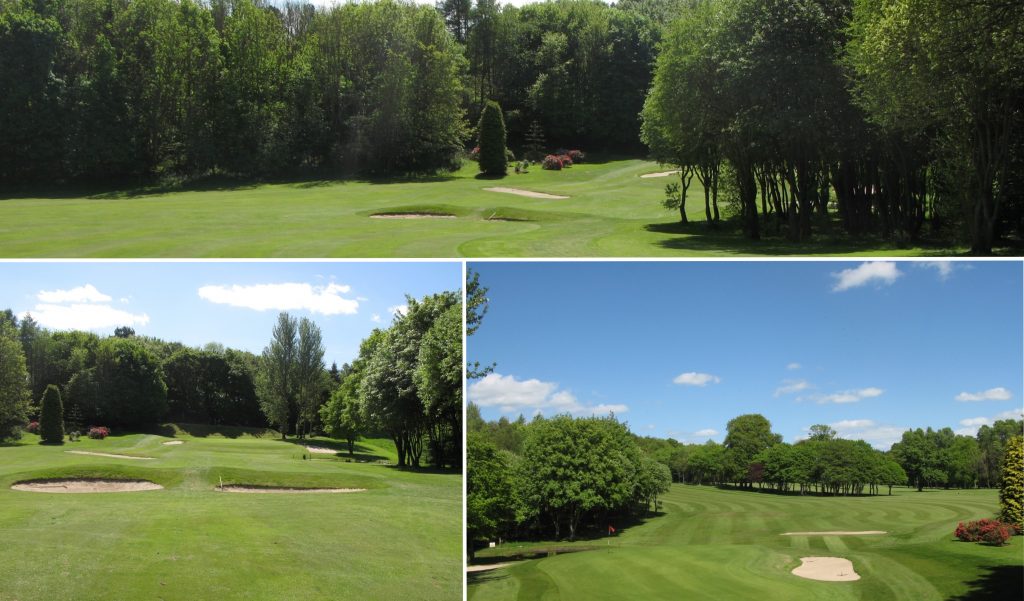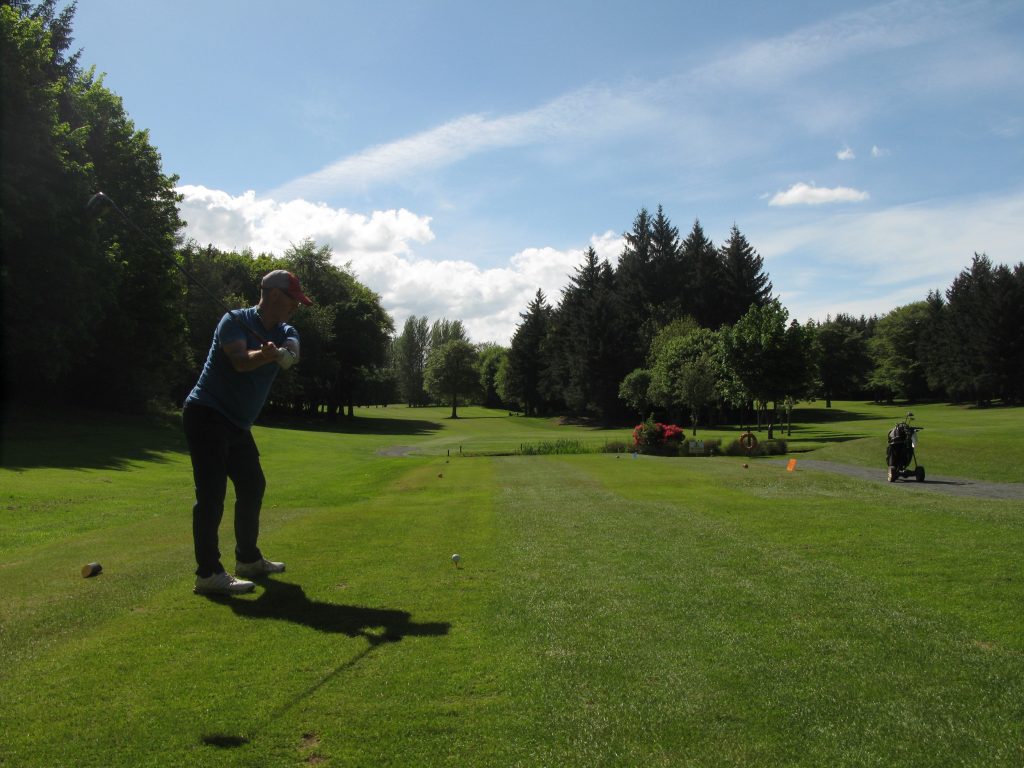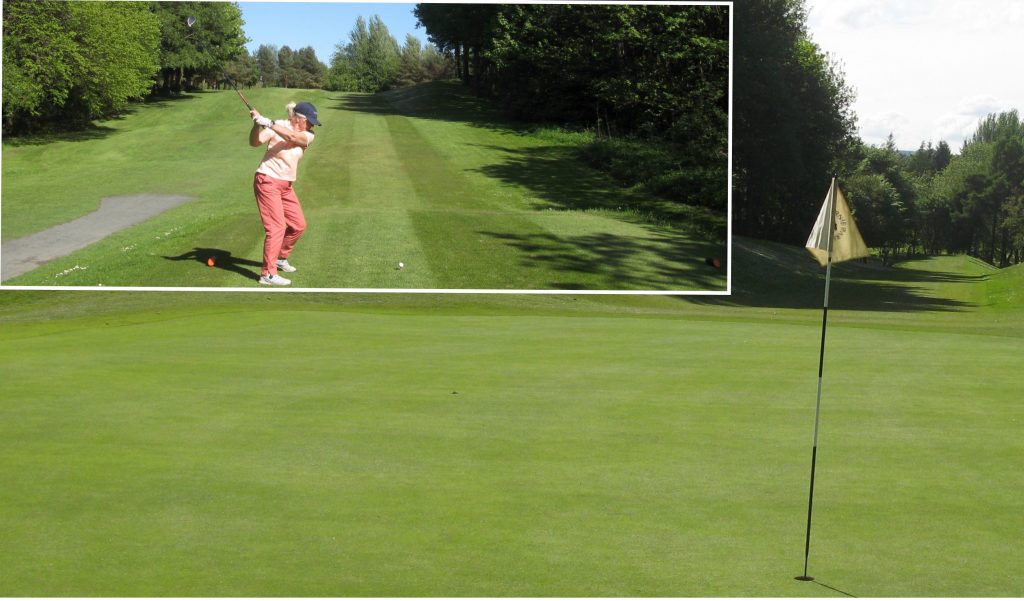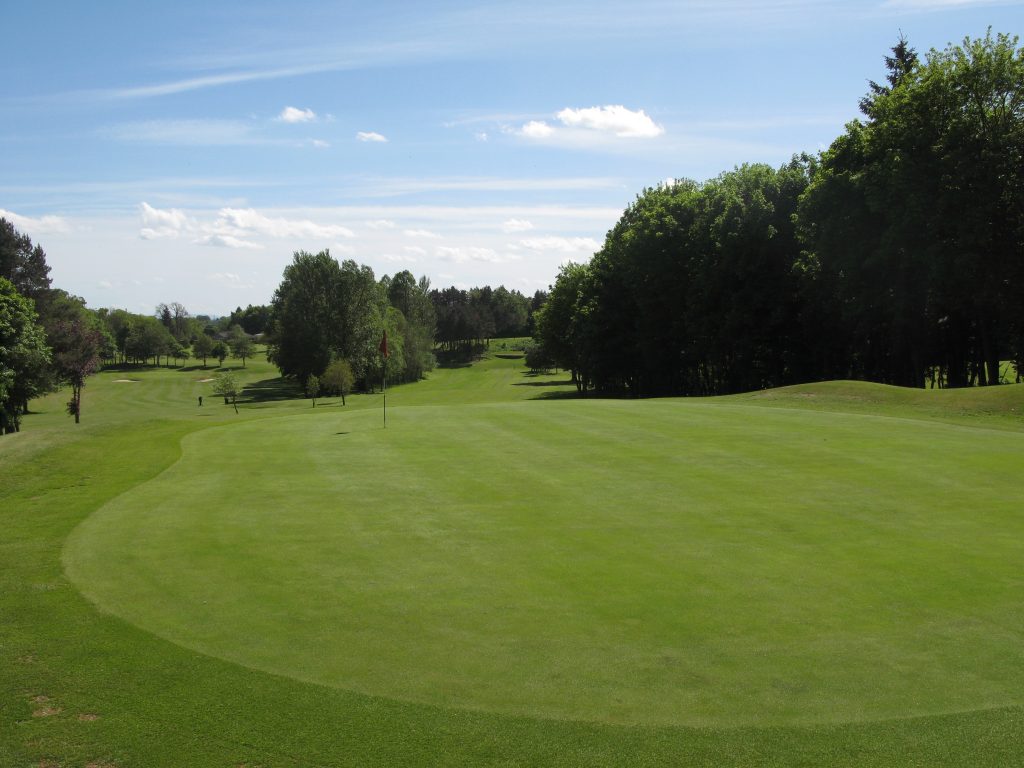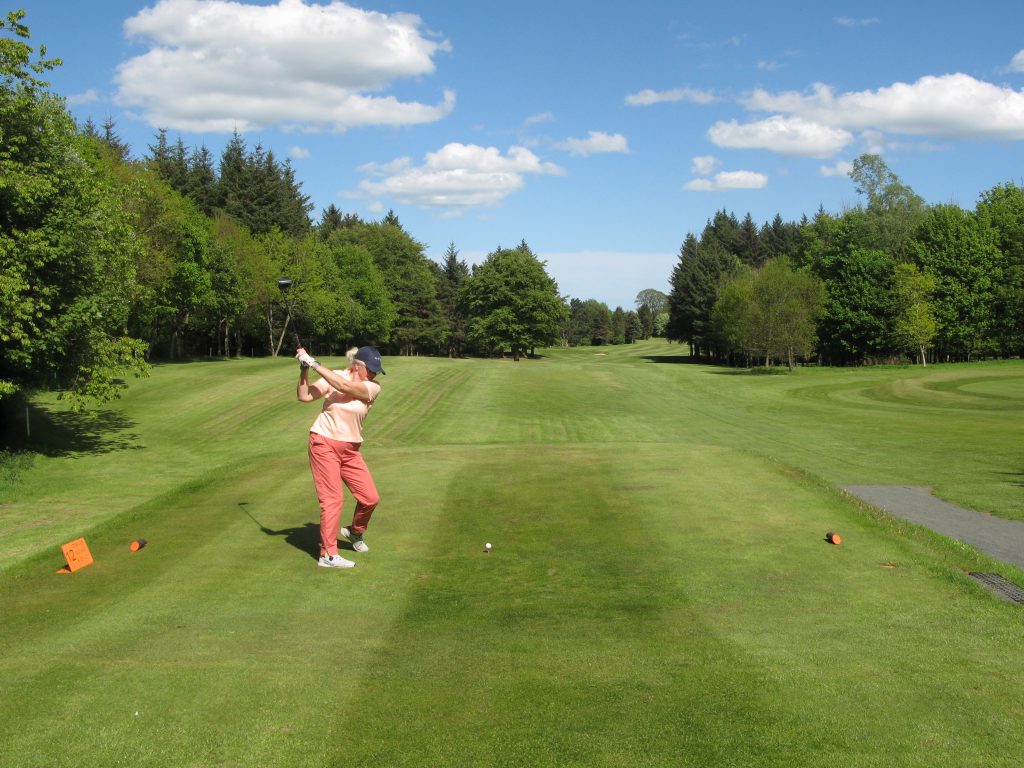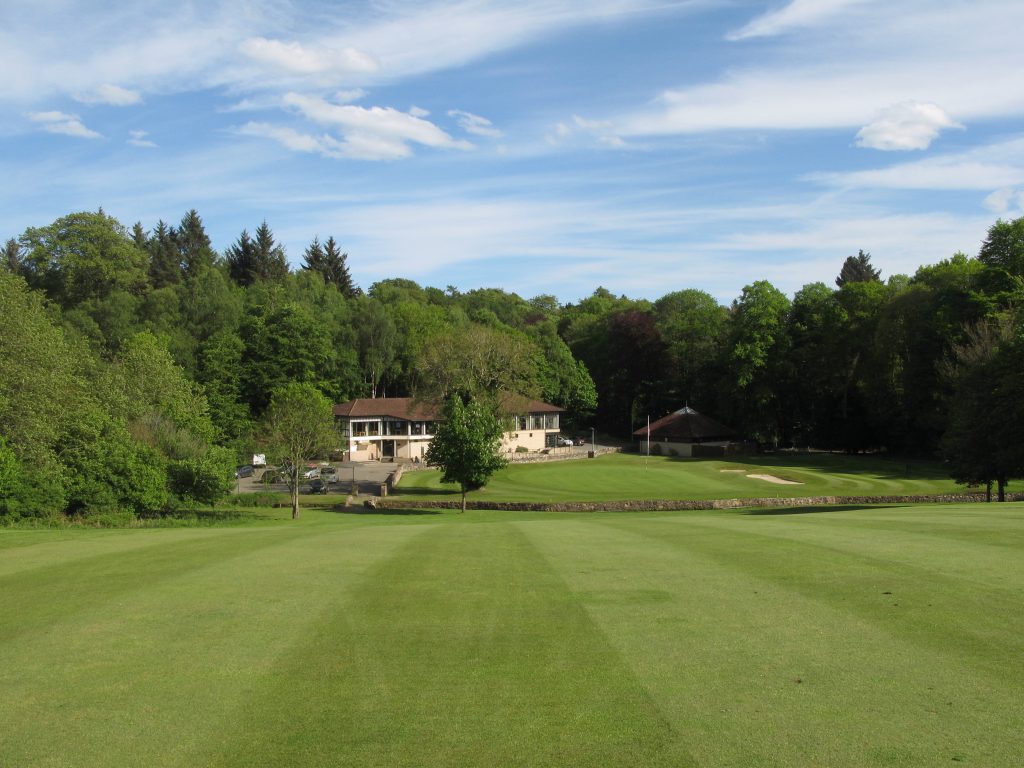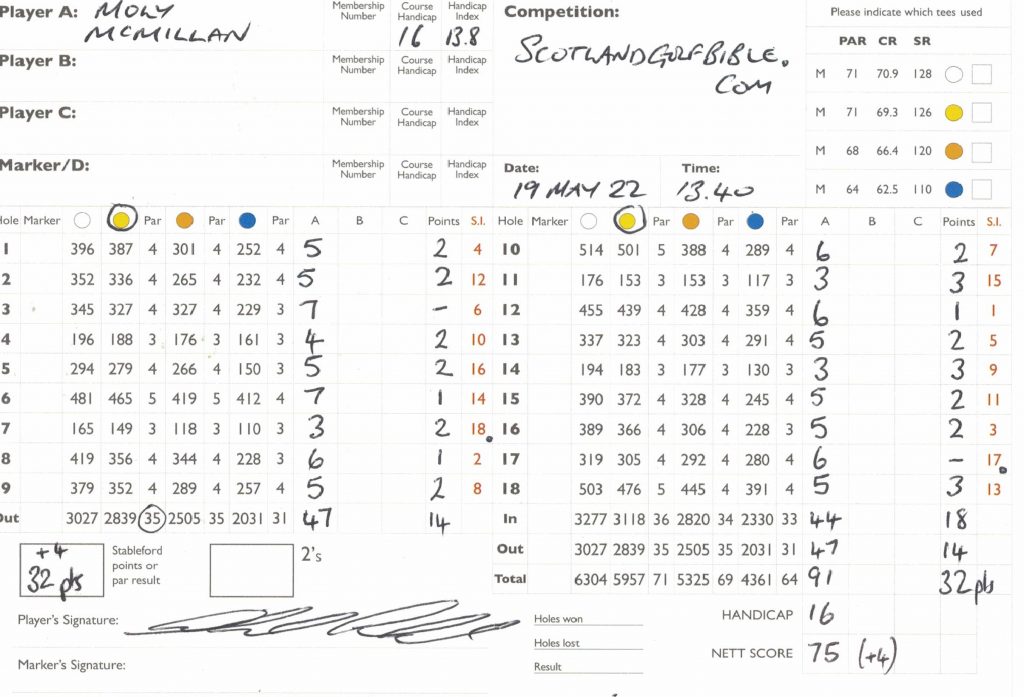One of Scotland’s highest rated heathland courses.
Round £120. Par 71. Course Rating / Slope Rating (white) 73.6/133. Value (out of 5) – 3.5
Moly’s score – 97
Fife has some of the world’s greatest links golf courses, but at Ladybank, only 15 miles west of St Andrews, you will find a heathland golf course rated in Scotland’s top 50. Used as a final qualifying venue for The Open, when hosted in St Andrews, Ladybank is a great test of your game.
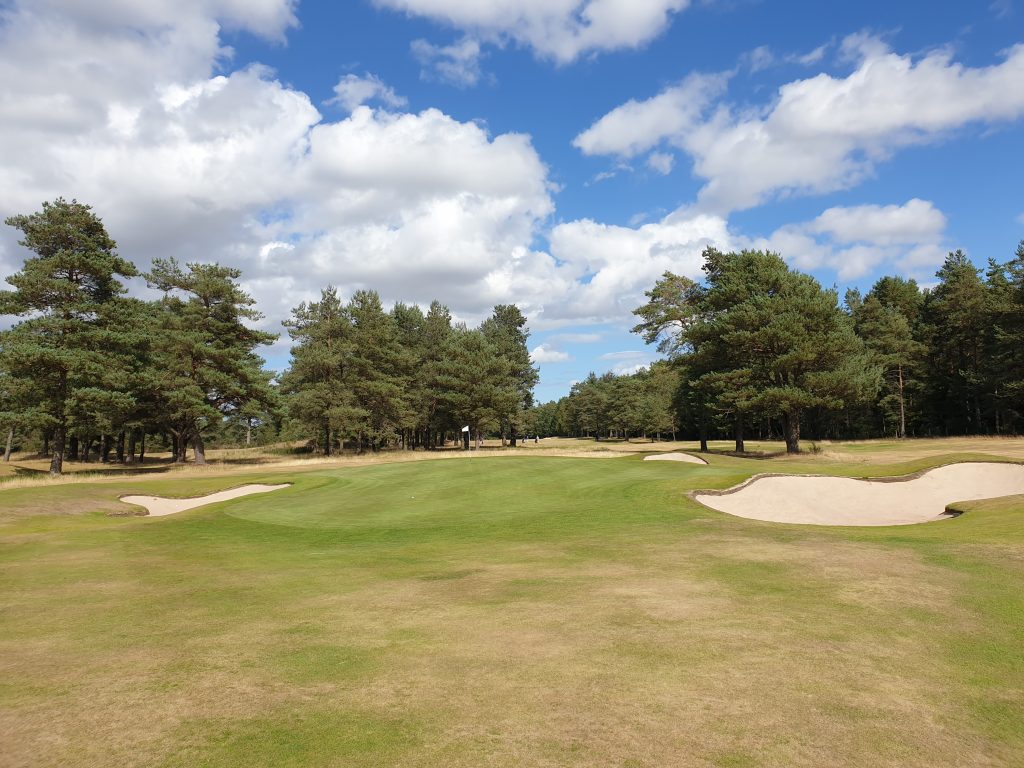
The course is in an area called the Howe of Fife, a low-lying strip of land that follows the course of the River Eden towards St Andrews. This flat piece of land was mostly marshland and peat bog before 1800, and the village was originally named Lady’bog’ by the monks of Lindores Abbey from Newburgh.
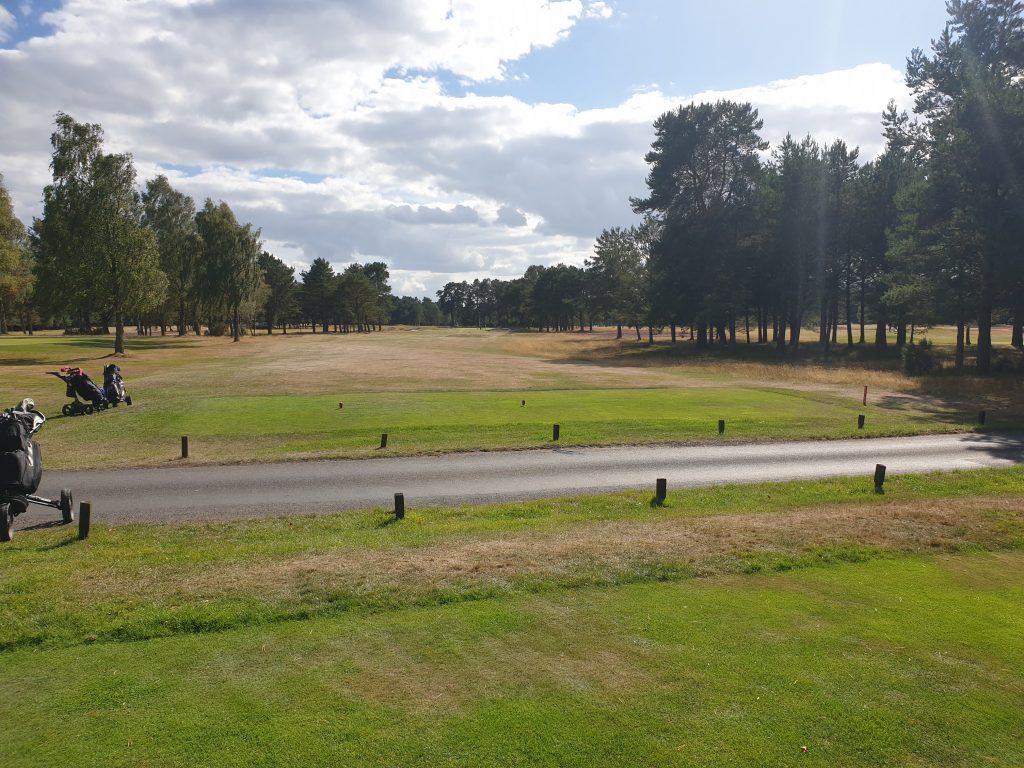
For some unrecorded reason the railway station, built in the 1840s, was called Ladybank, after which time the village adopted this name. So the golf course can trace its name to a railway station.
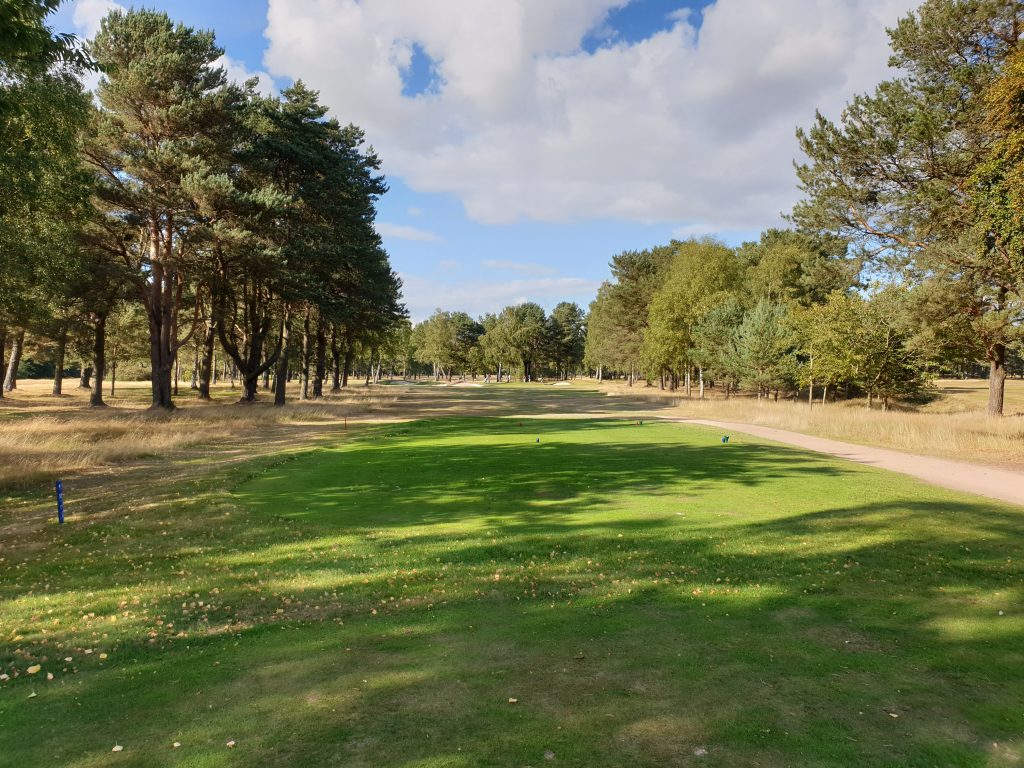
Unlike the station, which is one of the most unchanged in Scotland, the golf course has undergone an evolution. In 1879, 6 holes were laid out by Old Tom Morris, who being 58 was past his golfing peak but golf course design was becoming much called for. The course became 18 holes only in 1962, designed by Laurie Auchterlonie (son of Open Champion Willie Auchterlonie), but you wouldn’t be able to choose which was the most recent 9, because the course flows so well.
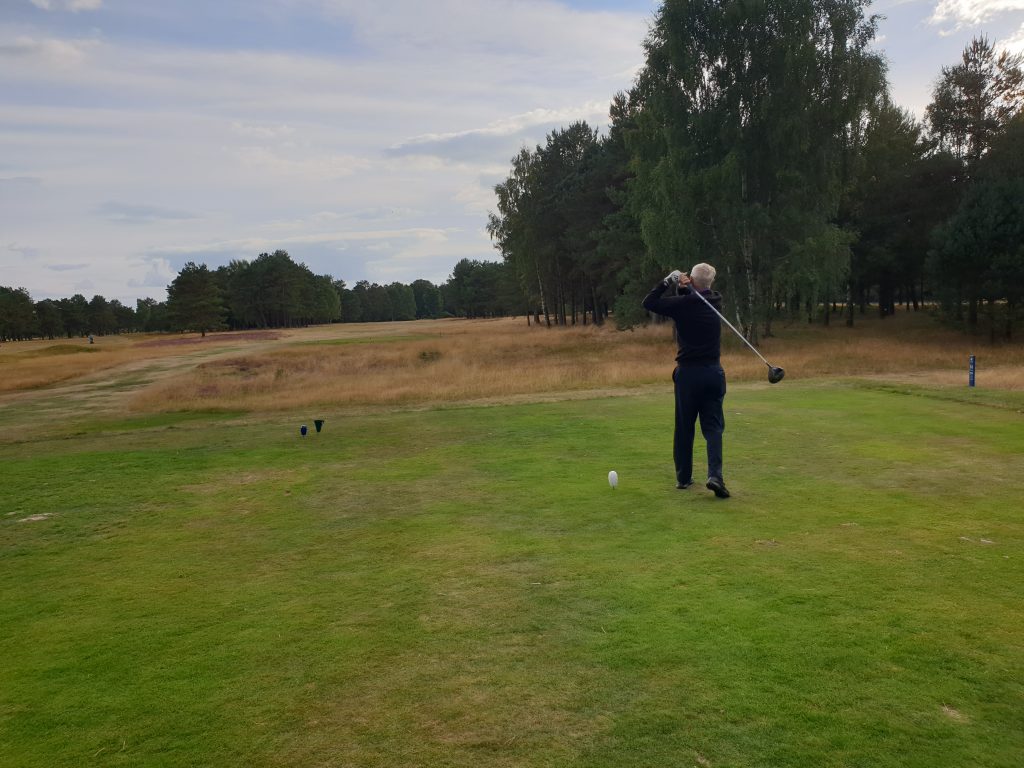
It’s a classic low-lying heathland setting. Flat terrain, fast running sandy turf, set amongst pine and silver birch trees, with great natural drainage. The club’s emblem is a red squirrel, the heathland setting providing an ideal habitat.
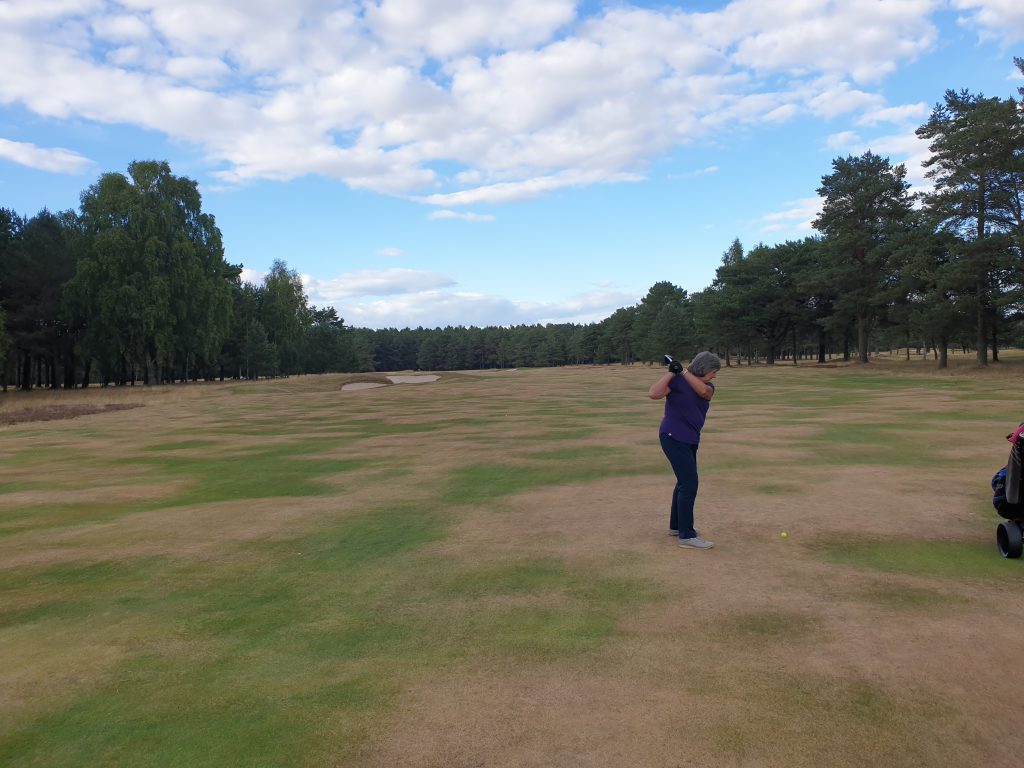
I can understand why some people find such heathland settings a little repetitive , with most holes being tree lined, obscuring any surrounding landscape. In Ladybank’s case, this is more than overcome by spectacular greenside design, a number of subtle dog leg left and right holes, genuine par 5s and a strong set of par 3s. This is the type of course better players will have to choose which side of the fairways to avoid being short sighted into the green. It deserves the high slope rating of 133 from the white tees.
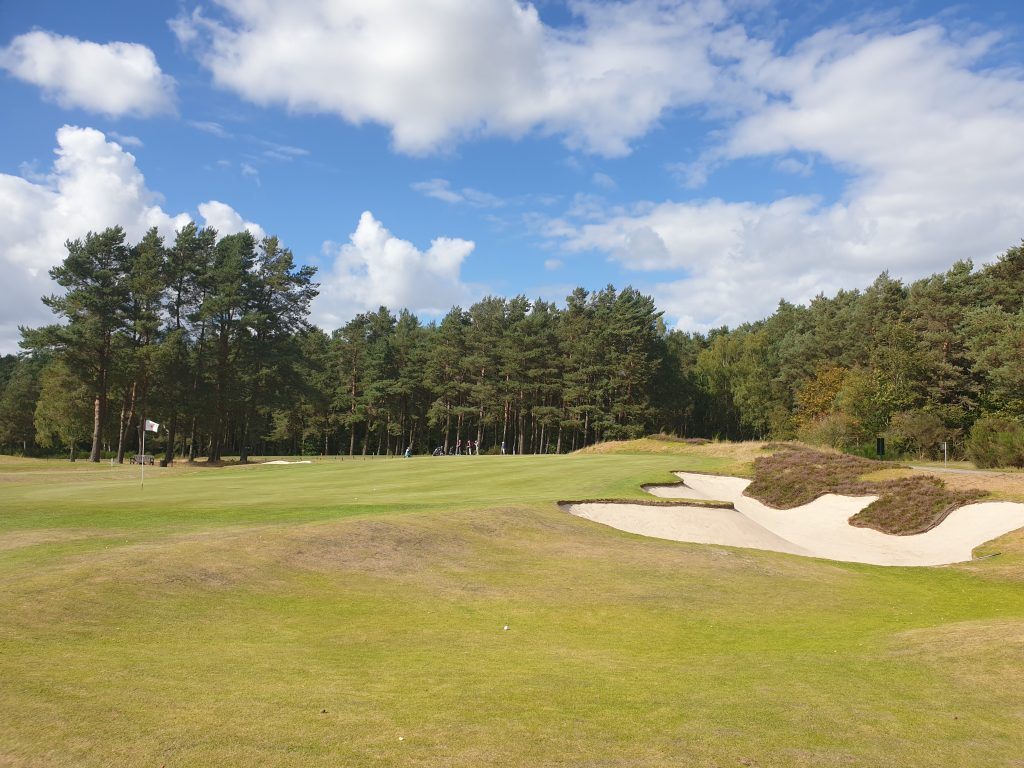
Fran and I played in the Mixed Pairs event, one of several open competitions held at Ladybank each year. Open events are a great Scottish tradition, which started in the mid 1800s, at the embryonic time of golf’s domestic growth. We paid only £60 per pair, incredible value. The full rate for a round of £120 is, I believe, starting to price out most Scottish peripatetic golfers, hence the growing popularity of open competitions. We were paired with Kilsyth members, couple Ian and April Carstairs, and we had a great time playing in their company.

We played well collectively, with a better ball 68 (3 under), finishing 27th of 70 pairs. The course was suffering from the recent dry spell with fairways burnt and incredibly fast running. The greens were firm and very fast. Despite the abundent trees, they were well managed and balls could easily be found. If I was to play again I would take more notice to the distances to the flags, as there was quite a lot of dead ground, which coupled to the length of greens could make 2 or 3 clubs extra needed to what a shot might look like.
Worth playing Ladybank, a great open venue.
Facts:
Course Type: Heathland
Par 71 (3 par 5s, 11 par 4s, 4 par 3s)
Distance (white): 6616 yards
Moly’s Gross score: 97
